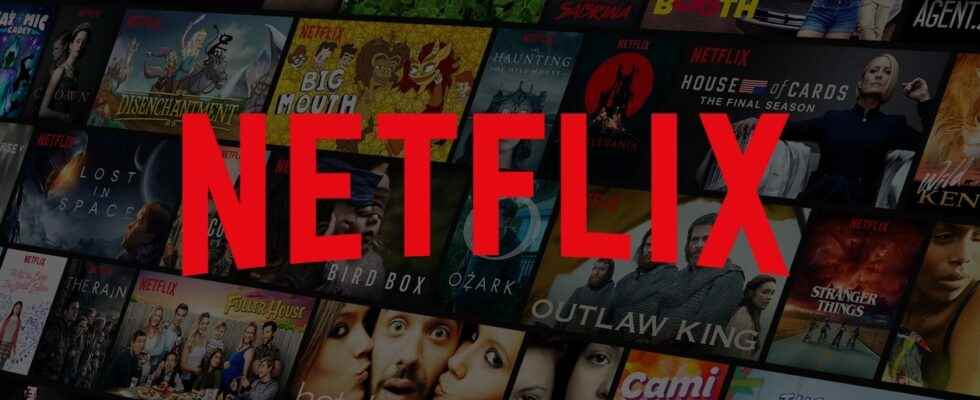Netflix is pouting. The streaming video platform, which has seen continued growth so far, just lost more than 200,000 subscribers for the first time in a decade. This brutal fall did not allow the service to reach the expected income, which was very quickly felt on Wall Street where the Netflix action lost more than a quarter of its value.
To thwart the flight of its customers, Netflix could turn around and adopt a strategy that it had until now always refused to consider: using advertising. The platform should offer in the coming years a new offer, less expensive, but supported by advertising in addition to its current subscriptions. It also plans to see its ambitions reduced with regard to the expenditure necessary for the production of films and series.
Also see video:
Account sharing in focus
For Netflix, this drop in the number of subscribers is to be put on the back of account sharing between several users. The firm indicates that more than 100 million households would use its service without paying for it thanks to account sharing, in addition to its 222 million official subscribers, a significant shortfall. To hope to derive an income from its clandestine users, the platform plans to set up a system inviting the owners of shared accounts to pay a supplement allowing them to attach a third party to their account.
But other factors beyond Netflix’s control may also explain this sudden drop in subscriber numbers. First of all, some of the subscribers who subscribed to an offer during the Covid crisis and the various confinements put in place, have undoubtedly chosen to cancel their subscription with the decline of the pandemic and the end of the restrictions. Above all, the war between Ukraine and Russia cost Netflix some 700,000 customers after the withdrawal of its service from Russia.
Boring increases
Are the solutions envisaged by Netflix to limit losses the right ones? If it seems perfectly normal to raise prices a little to invest and develop new productions, Netflix has perhaps forgotten that several of its competitors, although they arrived on the market more recently and do not have a catalog as rich, offer fares well below theirs.
When it was launched in 2014 in France, Netflix offered three offers at €7.99, €8.99 and €11.99. In 2019, the platform had already increased its prices, increasing its three offers to €7.99, €11.99 and €15.99.
1er last October, Netflix increased its prices again and increased its three offers to €8.99, €13.49 and even €17.99 per month for the most complete offer, an increase of almost 50% for the latter since 2014.
Unfortunately, these successive increases that the platform justifies by its heavy investments have undoubtedly scalded a large part of the service’s historical subscribers. In the United States and Canada, these successive increases would have driven away more than 600,000 customers. From there to think that former Netflix subscribers fled the platform after realizing that they could subscribe to Disney +, Apple TV + and Amazon Prime Video for almost the same price as the Premium subscription to Netflix, it only one step.
Source : Bloomberg
